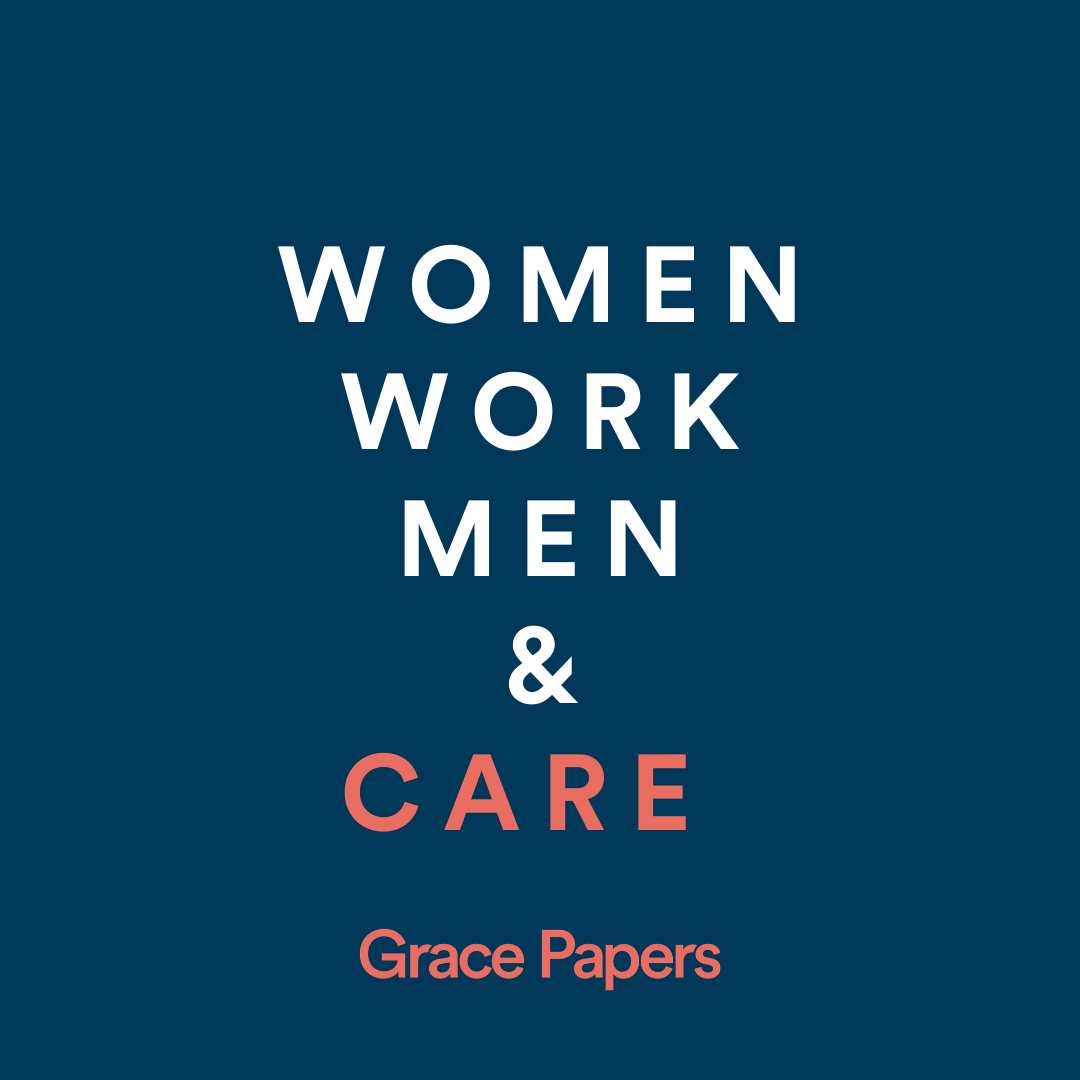However, over the last 10 weeks, our working worlds have literally catapulted into a social science experiment, mandating flexible work broadly and challenging the long-held biases against flexibility. At the core of the purpose of this regime has been government, workplace and societal prioritisation of care for our humanity.
COVID-19 has been a period of … education. Long division and Year 3 geometry aside, many of us have learned a lot about ourselves, what we value in our lives, the way we worked before, and the way we’d like to work in the future. Isolation has demonstrated to even the most skeptical, the impressive outcomes that can be achieved without restrictive working hours or formal office spaces. And it forced everyone – executives, males and managers – to get on board with flex not just as enablers or gatekeepers, but this time, as beneficiaries of care practices.
The ‘care crisis’ in our homes has been exposed and intensified
Monash University has revealed that the coronavirus has exacerbated a myriad of societal problems, and highlighted the importance of addressing the unequal – usually gendered – burden of unpaid care within families.
The New York Times echoed this sentiment, in a discussion with gender reporters and UN senior gender adviser, Nahla Valji. When speaking about the effect that the coronavirus has had on unpaid labour, Nahla said,
“It’s one of the starkest consequences that we’re seeing from this crisis… This really underpins so many of the inequalities that women experience. These are hours that could be spent on income generation. It’s at the heart of the motherhood penalty, wage inequality, structural biases in recruitment and promotion of women and jobs — and the pandemic is really making visible.”
“Our formal economy is only possible because it’s subsidised by women’s unpaid work,” she concluded.
Like you, we are excited by the post-pandemic opportunity to mainstream flexibility. But before we jump into saying yes to everyone’s requests for flex, we must remind ourselves of implications of attitudes toward flex culture prior to this pandemic.
Despite all roles flex initiatives, flex has continued to be most often thought of as a way for mothers to juggle family and career and almost always with unintended consequences for staff accessing flex policies. Research, including our own, shows those consequences are often in the form of economic penalties through career stagnation or demotion, or directly from trading wages for flexibility.
Notably, but perhaps unsurprisingly, the way we treat working mothers seeking flexibility impacts men’s take up of flexible work practices: research, including that we’ve undertaken across the Victorian Public Service, reveals a general reluctance by men to use family-friendly work arrangements because of the impact – perceived or actual – on their jobs, personal identities and career progression.
So on top of the historic challenges, we must also consider the implications of the pandemic itself: whilst things weren’t great for carers before, they’re significantly worse now.
Let’s reimagine our flex policies by placing the ‘care and wellbeing’ of all our staff at the heart of them.
It’s been nothing short of heart warming to hear so many leaders speaking about how they have prioritised the care, health and wellbeing of their staff throughout this pandemic. Not just for others, but prioritising care for self, often for the first time in a long time and having experienced the positive impact that has had on their families and teams, and managing the complex business challenges this pandemic has presented. And therein, we believe, lies the opportunity.
Our current read on the return-to-work is, that while many staff are expressing a preference for working from home, the secret to All Roles Flex as a gender equality intervention is in understanding the who and the why of those who want to return to work. With most survey results revealing it is those keen to return to the office now that are the new minority – but a minority that holds much of the power and often leaadership influence. There needs to be increased effort to shift hearts and minds of this group – not by asking them to ‘role model’ flex, but by holding them accountable for embracing care through flexible work as the new workplace norm.
And with our leaders, HR and D&I practitioners firmly focused on care policies the staged return to the office presents an opportunity for workplaces to place care and accountability at the heart of their flex policies. A subtle but impactful shift (that we already know works) from giving people the choice to use flex to care, to holding them accountable for care.
Now is the time to create a level playing field by expanding the expectations of your staff by holding them accountable for embracing caring responsibilities – for self, for others, or for their community..




